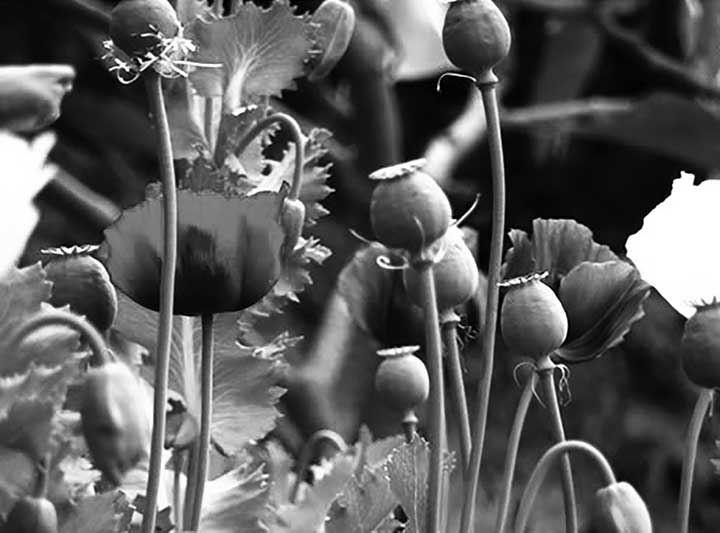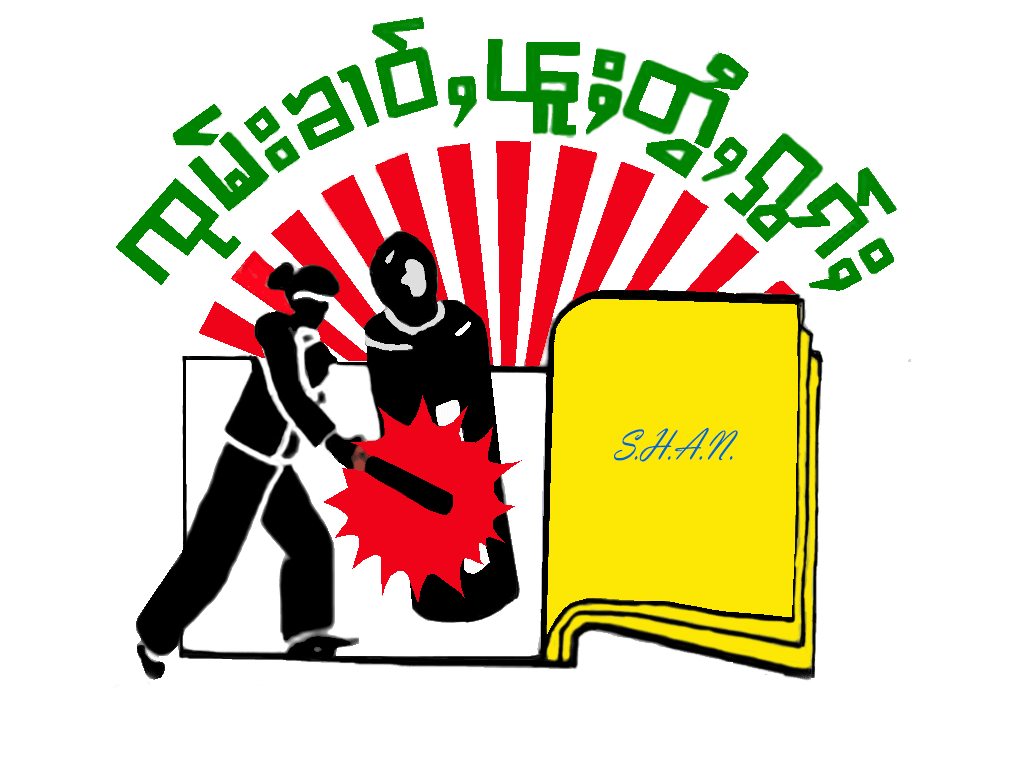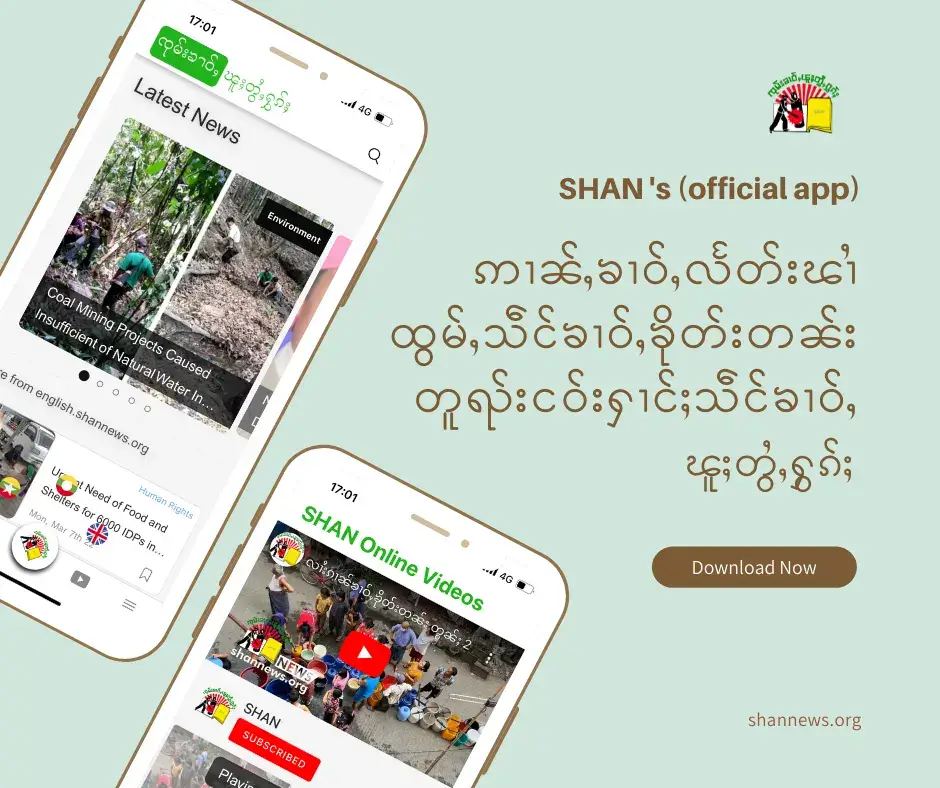It seems Shan State’s stigma of being the epicenter of narcotics production won’t go away easily even after nearly three decades of Afghanistan took over as the leader in opium trade in 1990, pushing Shan State to the second place until today.
The period from 1950s onward until the 1990s was the era of opium refined heroin. But now in 21st century it is the crystal methamphetamine called “ice”. Recent International Crisis Group (ICG) report “Fire and Ice: Conflict and Drugs in Myanmar’s Shan State” pointed out that Shan State is the epicenter of this manufactured synthetic drugs, which again lent the area the stigma of narcotics center of production.
“The trade in ice, along with amphetamine tablets and heroin, has become so large and profitable that it dwarfs the formal economy of Shan State, lies at the heart of its political economy, fuels criminality and corruption and hinders efforts to end the state’s long-running ethnic conflicts,” wrote the ICG report.

Background
Shan State’s armed conflict has always been intertwined with drug trade since 1950, as the report has rightly pointed out.
The drug trade was brought in by the Kuomingtang (KMT) when in 1949, its remnants of the nationalist Chinese Kuomintang Army fled China in the face of Communist victory and invaded Shan State establishing a series of base areas in eastern Shan State along the border with Thailand.
“Necessity knows no law. That is why we deal with opium. We have to continue to fight the evil of communism, and to fight you must have an army, and an army must have guns, and to buy guns you must have money. In these mountains, the only money is opium,” said the KMT commander General Tuan Shi-wen in 1967, according to “US Foreign Policy and the War on Drugs: Displacing the Cocaine and Heroin Industry” written by Cornelius Friesendorf.
Since then the argumentation seems to become the moral operation code in relation to the armed conflict and the organizations involved within Shan State that almost immediately followed after Myanmar’s independence from the British in 1948.
In the same vein, one of the earliest Shan nationalists who joined the first Shan revolutionary group “Noom Suk Harn” and later become senior member of the Shan State Independence Army (SSIA), forerunner of the Shan State Progress Party/ Shan State Army (SSPP/SSA), the late Khun Thawdar in the early 1970s told this writer in Bangkok that opium is the “necessary evil” and that Shan revolutionary groups had to undergo the “pact with the devil” for their needy revenue to fund their struggle, in those early 1960s, with consequential effects until today.
In process the manufacturing and export of heroin that encompassed western Laos, northern Thailand and Shan State became a household word known as the “Golden Triangle”.
Three phases and actors
The phase of drug eras could roughly be divided into three.
The first is from 1950s to the 1990s. The second from the late 1990s to 2005 when the United Wa State Army (UWSA) declared opium free under its controlled areas, which included the establishment of its southern base through forced relocation of some 100,000 ethnic Wa, Lahu and Akha civilians from Wa State to along the Thai border in Monghsat and Mongton townships, in 1999. The third phase, which roughly began from 2005 with heightened production of crystal methamphetamine production for export in early 2010 is still ongoing.
Influential well known players were the KMT, ethnic Kokang warlord Lo Hsing-Han, followed by the Sino-Shan rebel leader Khun Sa and recently the UWSA’s Wei Hsueh-kang.
Adding to this actors milieu are a number of small and medium sized armed groups, including many rebel militias from ethnic groups such as the Wa, Palaung (Ta-ang), Kokang and Shan – often in shifting alliances over commodities and control of territory. Besides smaller militias under the control of the Tatmadaw or Myanmar armed forces but not provided with resources are also part of the whole picture. This configuration has not changed much since around 1970s.
Political economy
Reportedly the illicit drug production becomes the major contributor of the area’s GDP, so much so an occasional local crackdowns resulted in immediate dampening of the economy as a whole.
In 2017, authorities in the region seized more than 25 tonnes of crystal meth, believed to have been the products from Myanmar. Larger amounts are said to have been confiscated in 2018. Regional narcotics experts estimate seizure rates at below 10 per cent, suggesting a total annual production significantly in excess of 250 tonnes.
The regional wholesale value is in the tens of billions of dollars.
In a nutshell, Yaba is produced both for local consumption and export – mainly to Thailand, Indochina and South Asia, particularly Bangladesh; crystal meth, produced mostly for export with markets in Japan and Australia, including to destinations like China, the Philippines, Malaysia, Indonesia, South Korea and New Zealand.
The drug trade in northern Shan State is observed by one experienced observer as: “It is a cooperative system. There is no single controller. It is different from when it was under the control of Lo Hsing Han or Khun Sa”.
As one experienced analyst of the drug trade in northern Shan State observed: “It is a cooperative system. There is no single controller. It is different from when it was under the control of Lo Hsing Han or Khun Sa”.
Now it is increasingly becoming professionalized, dominated by transnational criminal syndicates operating at huge scale.
Drugs seizures
According to the ICG report within the last few years, authorities have regularly captured huge quantities of crystal meth in Myanmar and beyond, with the bulk thought to originate from Shan State. These included 1.2 tonnes seized in Western Australia in December 2017 and 0.9 tonnes in April that year in Melbourne; almost 5 tonnes in Thailand over the course of 2017 and 15 tonnes from January-July 2018; 1.6 tonnes in Indonesia in February 2018; and 1.2 tonnes in Malaysia in May 2018.
Recently, Australian officials charged four men on January 27 after seizing more than US$70 million worth of heroin and methamphetamine in Sydney in what was described as the continent’s biggest heroin bust in a decade.
Also in a recent four country joint-campaign, which ran from October 1 to December 31, 2018 involving Thailand, China, Myanmar and Laos jointly confiscated two tonnes of drugs precursors as they were being carried to the Golden Triangle. This was enough to produce 30 million speed pills, reported Bangkok Post on January 30.
Outlook
While ICG has proposed on what should be done as: “The government should redouble its drug control and anti-corruption efforts, focusing on major players in the drug trade. Education and harm reduction should replace criminal penalties for low level offenders. The military should reform – and ultimately disband – militias and other pro-government paramilitary forces and pursue a comprehensive peace settlement for the state,” the last part of it may likely be the key.
As it is, comprehensive peace settlement has two facets. One is political and the other military.
To date political is being pursued within the parliament through constitutional amendment and outside of it through Nationwide Ceasefire Agreement (NCA)-based peace process between the government-military and the Ethnic Armed Organizations (EAOs), with token political parties participation.
Militarily, the issue is Bamar-dominated military status quo versus formation of a federal army under the wholly civilian controlled government, the demand of the EAOs which is strongly rejected by the military.
For now the parliamentary push for the amendment of the military-drafted constitution is being put forward by the National League for Democracy regime but the military seems not to be coming along, indicating that this will be hard to achieve.
The NCA-based peace negotiation process between the government-military and the EAOs is practically stagnated if not dead since November last year when the two strongest NCA-signatory EAOs, Restoration Council of Shan State and Karen National Union, opted not to participate in the process, stating unfairness of the process.
As such, the “self-help” peace settlement that started 8 years ago is not working and new innovative ways are badly in need.
In sum, coming to grip with the Shan State’s narcotics production, which affected the countries within the region and possibly even beyond that, by heightening the already existing regional cooperation effectively will be the reasonable way to coup with the problem.
As has been argued that resolving the internal armed conflict in Shan State and beyond to accommodate comprehensive political settlement to tackle the Shan State drug trade is the key, and international mediation and intervention, one way or the other, cannot be ruled out.
Thus the tackling of drug trade in Shan State, in tandem together with domestic harm reduction, disbanding the government’s militia etc., and regional and international cooperation in a larger scale to help end the civil war might be the only reasonable way out of this convoluted quagmire of drugs and politics.



